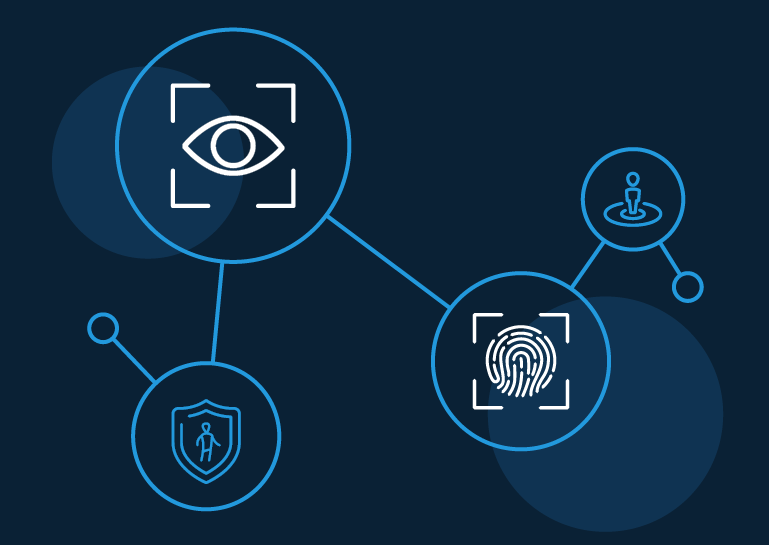Nowadays, in the digital era that we are in, online security is fundamental, and passwordless authentication emerges as a promising approach to ensure the protection, whether of accounts or sensitive data. Passwordless authentication, also known as passwordless multifactor authentication, is revolutionizing the way we log in to our online accounts.
In this article, we will explore what passwordless authentication is, its benefits, how it differs from traditional passwords, and how it addresses common security issues.
What is Passwordless Authentication?
Passwordless authentication refers to an authentication method in which users can access their online accounts without the need to enter passwords. Instead, other authentication factors such as fingerprints, facial recognition, PIN codes, and security keys are used to verify the user’s identity. This method provides a secure and convenient way to access online accounts and services, eliminating the need to remember complex passwords.
Benefits of its use
Passwordless authentication offers numerous benefits in terms of security and user experience. First of all, it eliminates the vulnerability associated with weak or reused passwords, which are common entry points for hackers. By requiring unique authentication factors such as fingerprints or facial recognition, passwordless authentication ensures a higher level of security.
In addition, passwordless authentication simplifies the user experience. Users no longer need to remember and manage multiple passwords, reducing frustration and the risk of forgetting credentials. Passwordless authentication methods, such as using fingerprints on a mobile device, streamline the login process to local or remote area networks and provide a smoother experience.
Difference between Password and PIN
The main difference between a password and a PIN lies in their nature and use. A password is a sequence of alphanumeric characters that the user must remember and type in order to authenticate. Instead, a PIN is a shorter numeric code, often consisting of four to six digits. Although both are used to authenticate the user’s identity, pins are usually simpler and faster to enter.
Solutions offered
Passwordless authentication addresses several challenges related to security and user experience. First of all, it addresses the vulnerability of weak or reused passwords by eliminating the need to use passwords at all. This drastically reduces the possibility of cybercriminals accessing accounts using brute force methods.
In addition, passwordless authentication also solves the problem of forgetting passwords. Users often face the frustration of not being able to access their accounts due to lost passwords. With passwordless authentication, this problem is completely eliminated, as users can use more reliable and easy-to-remember authentication factors, such as their fingerprints or facial recognition.
Conclusion
In short, passwordless authentication is revolutionizing the way we ensure online security. By eliminating the need for passwords and using more secure and convenient authentication methods, this approach is transforming the user experience and providing an additional layer of protection. In an increasingly complex digital world, passwordless authentication is a welcome solution to improve both computer security and online convenience.







Comments are closed.